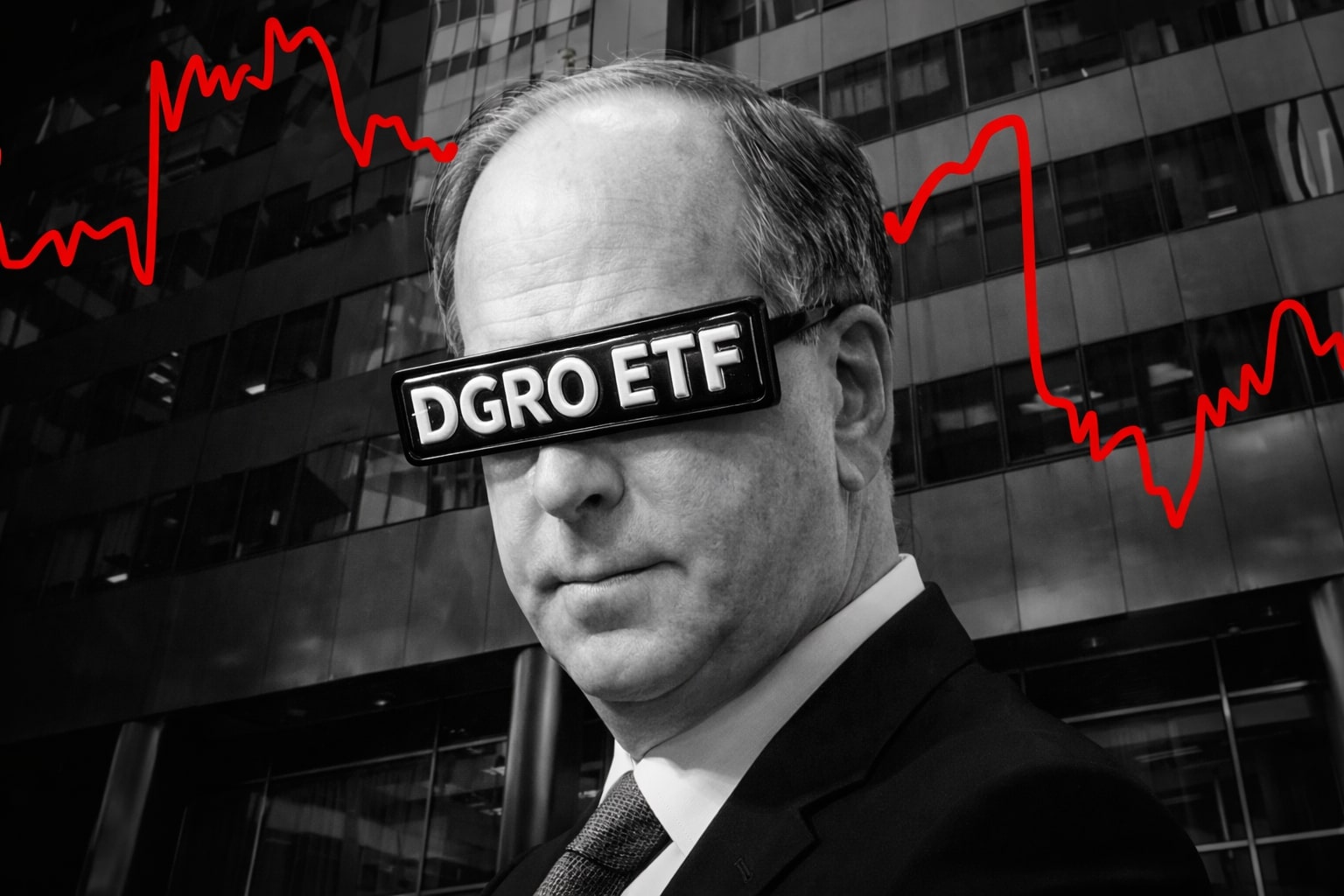Bitcoin Price Tests Critical Support at $95,000
Bitcoin (BTC) is currently in a pivotal position as its price hovers around $95,000, testing a critical support zone. After surging to $97,000 earlier in the month, Bitcoin faced a significant pullback. The cryptocurrency is now consolidating just below the $97K mark, leaving traders with one crucial question: Will this key support level hold or will it slip toward $92,000?
Bitcoin’s price action from the last week has established a range between $92,000 and $97,000, which the market has been testing repeatedly. Despite a solid April rally that saw Bitcoin recovering some of its losses from the start of the year, the failure to break through the $97,000 resistance raises concerns about the sustainability of the rally. The price is currently near $94,283, just below the multi-month highs above $97,000, showing a slightly bearish sentiment creeping in.
If Bitcoin fails to hold the $95,000 level, analysts foresee a potential pullback toward the $92,000 zone, a key support level. $91,500 to $92,000 is highlighted as a critical area for BTC to maintain its bullish momentum toward the psychologically important $100,000 target. If Bitcoin trades below this range, further downside risks could trigger.
Key Resistance Levels and Market Sentiment
The next major resistance for Bitcoin lies between $96,500 and $97,000, which has already proven to be a strong rejection zone. Bitcoin has encountered rejection around these levels, showing that bulls are struggling to push the price higher. This rejection comes after Bitcoin failed to break the $97,800 level, the point at which the previous rally started to lose momentum.
The Relative Strength Index (RSI) for Bitcoin has also played a crucial role in this price action. The RSI, which briefly hit overbought conditions during the recent rally, now stands at around 60, indicating that bullish momentum is fading. If the RSI continues to trend lower, especially if it drops below 50, it could signal the start of a more pronounced downtrend.
Despite this, there are still bullish signs in the market. Bitcoin’s network usage has surged, hitting a six-month high in terms of active addresses. This indicates that there is still significant interest in Bitcoin, which could potentially fuel another leg up if it can break past $96,500 resistance. The MACD (Moving Average Convergence Divergence) indicator remains slightly positive, suggesting that while the trend has slowed, it hasn't fully reversed.
Bitcoin's Price Action in April and Market Dynamics
April proved to be a turning point for Bitcoin, as it managed to bounce back from earlier losses in 2025. The price rose from around $82,540 to $94,181, a notable recovery of over $10,000. However, Bitcoin struggled to break through the $94,000-$96,000 resistance zone, which includes both a descending trendline and Fibonacci retracement levels. The failure to sustain above $96,000 and create a decisive close has put the current trend into a precarious position.
Traders are now watching closely for any signs of volatility. A close above $96,000 would validate the bullish case for Bitcoin, potentially leading to a test of the $98,000-$100,000 region. Conversely, a close below $94,000 could signal a deeper correction, potentially sending Bitcoin back to $91,500 to $92,000.
The Role of US Spot ETFs in Bitcoin’s Recent Surge
Interestingly, capital inflows from US spot exchange-traded funds (ETFs) have been a major driving force behind Bitcoin's price surge. Since January 2024, these ETFs have played a crucial role in supporting the price, even though blockchain activity has remained relatively low. According to Alphractal, a crypto analytics firm, the surge in Bitcoin’s price is more attributable to capital inflows rather than an uptick in network activity. The lower volatility in the market has made it less attractive for brokers to establish new positions, with many relying on speculative investments to push the price higher.
This shift in market dynamics has reduced the emphasis on Bitcoin's blockchain activity, with much of the current market movement coming from speculative investors leveraging derivatives and financial instruments. As a result, Bitcoin's price has been largely driven by ETF inflows, rather than organic demand from blockchain usage.
Support Levels and Bearish Outlook for May
Bitcoin’s monthly chart paints a slightly bearish picture, despite the recent rally. The ascending parallel channel Bitcoin is trading within is indicative of a corrective pattern, with the recent rally viewed by some as a temporary relief rather than the start of a new bull market. Additionally, the RSI generated a bearish divergence, suggesting that the price may face downward pressure in the coming weeks.
Looking ahead, $91,500-$92,000 remains the critical support level to watch. If Bitcoin fails to maintain above this range, it could face a significant retracement, potentially dropping toward the $85,000 level or lower.
Is Bitcoin on the Verge of a Major Decline or a Fresh Breakout?
With Bitcoin facing significant resistance around $95,000-$97,000, the question now is whether the cryptocurrency can overcome these obstacles and continue toward the $100,000 target, or whether it will fall into a deeper correction. BTC/USD traders must keep a close eye on the critical support at $91,500-$92,000, as this will determine whether the market will resume its upward trajectory or experience another round of declines. The coming days and weeks will be crucial in shaping Bitcoin's longer-term trend, as both technical indicators and market sentiment indicate heightened volatility.
The price of Bitcoin remains at a crossroads, with support at $95,000 and resistance just shy of $97,000. Traders are anticipating significant moves, especially with US spot ETFs continuing to impact price dynamics. Whether BTC can clear the $96,500-$97,000 resistance or retreat towards the $91,500-$92,000 support will dictate its next steps. The broader market context, including the influence of President Trump’s tariff agenda, continues to weigh on risk appetite, adding another layer of complexity to Bitcoin's near-term outlook.


















